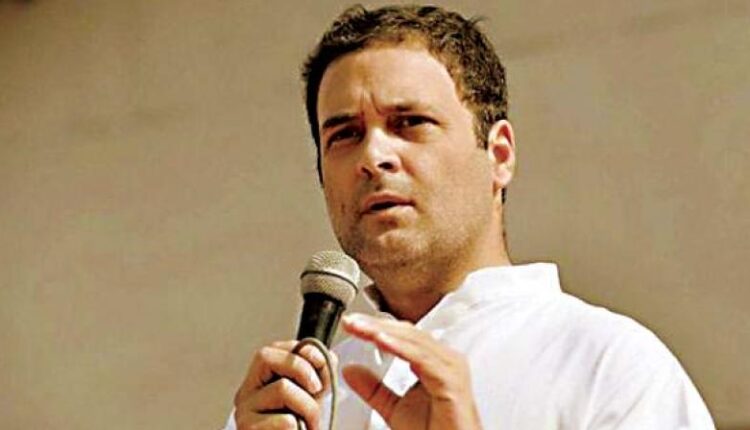
Delivering the valedictory speech at the plenary session of the Congress last week, an impassioned party president Rahul Gandhi declared that his first task was to break the “two walls” in Indian politics — the wall between party workers and leaders, and the wall between the youth and political system. But these reassuring words meant little for the delegates, who travelled from across the country to participate in the two-day jamboree. The hard reality is that despite all the talk about ushering in change, the old system remains very much in place. Delegates pointed out that if Mr Gandhi was serious about breaking barriers, he would have begun by doing away with the separate enclosures for workers and leaders, which ensured there was little or no interaction between them at the session. Not only were the delegates and leaders seated in demarcated enclosures, they were also segregated into separate halls during meal times, which is normally an occasion for workers to mingle freely with leaders.
Congress delegates said plenary sessions were originally meant to serve as an excellent occasion for workers to meet with their leaders, but the VIP culture, they said, had taken away the joy. As one member pointed out: “When there’s such a lack of communication within the party, how are we expected to communicate with the public?” Ever since it came to power four years ago, the BJP has made systematic attempts to appropriate the icons of the Congress. While Sardar Patel has been coopted as their leader, the BJP has also been working overtime to project itself as the inheritor of Mahatma Gandhi’s legacy. For instance, BJP president Amit Shah recently came up with a series of reasons to argue that their party is the true follower of the Mahatma. For one, he pointed out, like Gandhi, the BJP is not apologetic about being seen in the company of rich people. In this connection, Mr Shah pointed to Gandhi’s association with leading industrialists like the Birlas and Bajajs during the freedom struggle. Though there were no television news channels in those days, Mr Shah said Gandhi was extremely conscious of the role played by the media in propagating their viewpoint.
source: https://www.deccanchronicle.com
